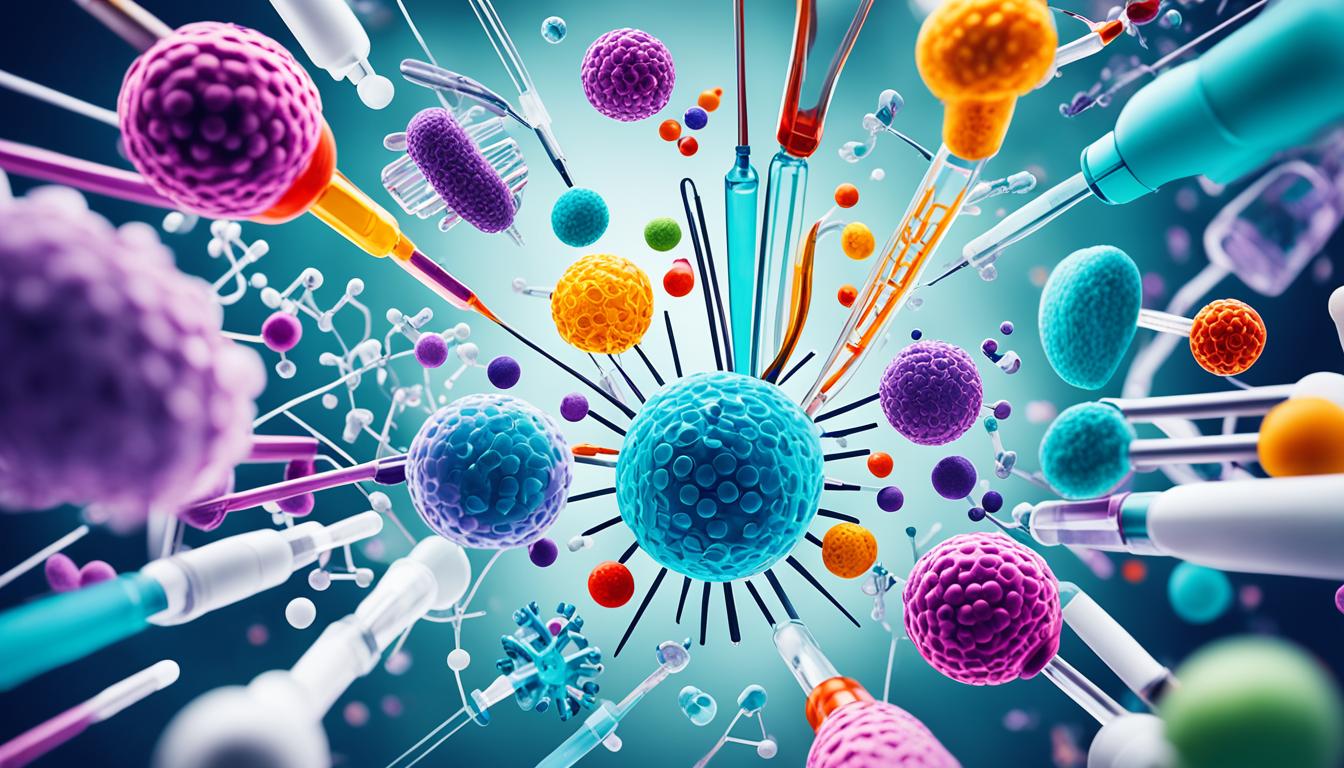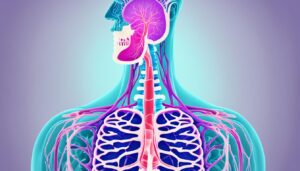Did you know that therapeutic antibodies form a booming industry with a market value predicted to reach $300 billion by 2024? This staggering statistic highlights the immense impact and growing importance of antibody engineering and therapeutics in modern medicine.
In this article, we will delve into the fascinating world of antibody engineering and therapeutics. From understanding the structure and function of antibodies to their practical applications and prospects, we will explore the key aspects of this rapidly advancing field. We will discuss the essential role of antibody engineering and design in the development of therapeutic antibodies and highlight the advancements in antibody development infrastructure. Furthermore, we will explore the concept of antibody optimization and its impact on enhancing efficacy. Finally, we will take a glimpse into the future landscape of antibody drug discovery and the potential it holds for transforming healthcare solutions.
Key Takeaways:
- Therapeutic antibodies have a projected market value of $300 billion by 2024.
- Antibody engineering plays a crucial role in the development of therapeutic antibodies.
- Advancements in antibody development infrastructure provide valuable resources and expertise.
- Antibody optimization is essential for enhancing the efficacy of therapeutic antibodies.
- The future of antibody drug discovery holds promising advancements and opportunities.
The Essential Role of Antibody Engineering and Design in Modern Medicine
Antibody engineering and design play a crucial role in modern medicine, specifically in the development of therapeutic antibodies. The understanding of antibody structure and function is fundamental in designing novel therapeutic agents, ensuring their effectiveness and specificity in targeting diseases and conditions. Recent innovations in antibody design techniques have revolutionized the field, enabling the creation of antibodies with enhanced binding properties and improved therapeutic potential.
The impact of engineering on therapeutic antibodies cannot be overstated. Through precise manipulation of antibody structure, researchers can optimize antibody characteristics such as affinity, selectivity, and stability, leading to the development of more potent and targeted therapies. These engineered antibodies have shown tremendous promise in the treatment of various diseases, significantly improving patient outcomes and providing new avenues for intervention.
To illustrate the importance of antibody engineering and design, let’s take a closer look at the understanding of antibody structure and function, innovations in antibody design techniques, and the impact of engineering on therapeutic antibodies.
Understanding Antibody Structure and Function
The structure of an antibody plays a critical role in its function and therapeutic potential. Antibodies are composed of two heavy chains and two light chains, forming a Y-shaped structure. Each chain consists of variable (V) and constant (C) regions, with the V regions being responsible for antigen recognition and binding. Understanding the intricate architecture of antibodies allows researchers to design and engineer antibodies with precise targeting capabilities, enhancing their therapeutic efficacy.
Innovations in Antibody Design Techniques
The field of antibody design has witnessed significant advancements in recent years, opening up new possibilities for therapeutic development. Techniques such as protein engineering, phage display, and rational design have paved the way for the creation of antibodies with improved binding affinity, enhanced specificity, and reduced immunogenicity. These innovations empower researchers to tailor antibodies to meet specific therapeutic requirements, bringing us closer to personalized medicine.
Impact of Engineering on Therapeutic Antibodies
The impact of engineering on therapeutic antibodies has been transformative. Engineered antibodies possess several advantages over their natural counterparts, including increased potency, extended serum half-life, and reduced off-target effects. This allows for more precise and effective targeting of disease-causing agents, enhancing the therapeutic benefits while minimizing potential side effects. Consequently, engineered antibodies have greatly expanded the scope of therapeutic intervention, offering new hope for patients across a wide range of medical conditions.
As we continue to explore and refine antibody engineering and design, the future of therapeutic antibodies holds immense promise. The ability to optimize antibody properties through engineering opens up possibilities for novel treatments and targeted therapies, ultimately improving patient outcomes and revolutionizing modern medicine.
Antibody Engineering and Therapeutics: From Theory to Practical Applications
Antibody engineering and therapeutics have evolved from being theoretical concepts to finding practical applications in various fields of medicine. In this section, we will delve into case studies that showcase the efficiency and effectiveness of rapid antibody discovery techniques.
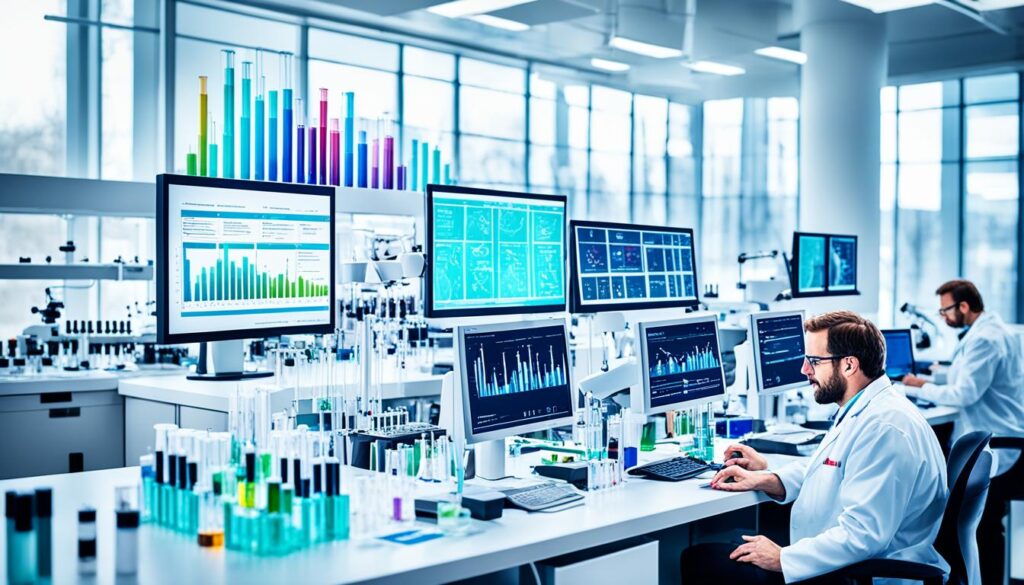
Case Studies in Rapid Antibody Discovery
Rapid antibody discovery techniques have revolutionized the process of developing therapeutic antibodies. Through these case studies, we will explore the innovative methodologies employed in antibody engineering to expedite the identification and development of antibodies with specific targets.
Off-target Binding Screening for Therapy Safety
Ensuring the safety and efficacy of therapeutic antibodies is of utmost importance. Off-target binding screening techniques play a crucial role in identifying any potential interactions between antibodies and unintended targets. We will discuss the significance of implementing rigorous off-target binding screening protocols to mitigate safety concerns associated with antibody-based therapies.
High Throughput Biosensor Applications
The use of high-throughput biosensor applications has significantly advanced antibody engineering. These biosensors enable efficient analysis and characterization of antibody interactions, allowing researchers to rapidly evaluate and optimize antibody candidate molecules. We will delve into the role of biosensors in antibody engineering and explore the novel opportunities they provide in the discovery and development of therapeutic antibodies.
Advancements in Antibody Development Infrastructure
The field of antibody engineering has seen significant advancements in recent years, thanks to the development of robust antibody development infrastructure. This infrastructure provides researchers and developers with the necessary tools, resources, and expertise to accelerate the discovery and production of therapeutic antibodies.
Monoclonal Antibody Service and Engineering
A key component of the antibody development infrastructure is the availability of monoclonal antibody service and engineering. This service supports the development and production of monoclonal antibodies, which are highly specific and have a myriad of potential therapeutic applications. By utilizing monoclonal antibody service and engineering, researchers can access state-of-the-art technologies and expertise to optimize the design, production, and characterization of monoclonal antibodies.
Filling the Expertise Gap for Antibody Optimization
Antibody optimization is a critical step in the development of therapeutic antibodies. It involves fine-tuning the properties of antibodies to enhance their binding affinity, specificity, and stability. However, antibody optimization requires specialized expertise and knowledge. Antibody development infrastructure plays a vital role in filling the expertise gap by providing access to antibody optimization expertise.
Through collaborations with experts in the field, researchers can leverage their knowledge and experience to optimize antibodies for enhanced efficacy and safety. This expertise encompasses a wide range of techniques, including affinity maturation, epitope binning, and antibody humanization, among others.
Antibody Engineering and Expression Service Centers
Another crucial component of the antibody development infrastructure is the establishment of antibody engineering and expression service centers. These centers act as hubs for conducting antibody engineering experiments and generating recombinant antibodies at scale.
By leveraging cutting-edge technologies and automation, these service centers streamline the antibody engineering process, allowing researchers to rapidly express and purify antibodies for further analysis and characterization. The availability of these centers facilitates the translation of research findings into tangible therapeutic antibodies, accelerating the development and delivery of novel treatments to patients.
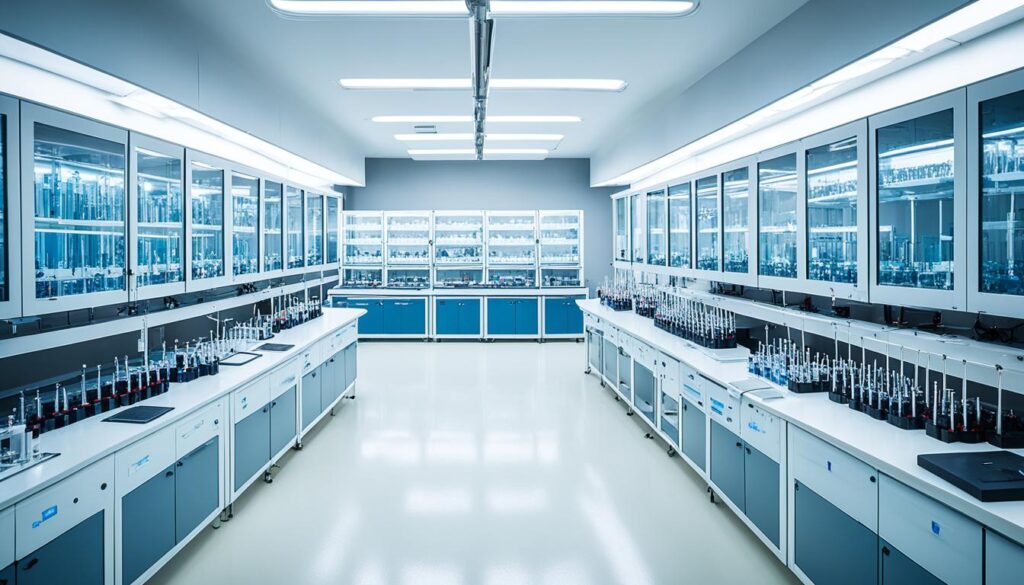
Antibody Optimization for Enhanced Efficacy
The optimization of antibodies is a critical aspect of antibody engineering and therapeutics, as it plays a key role in enhancing their efficacy as therapeutic agents. In this section, we will explore various methods for antibody affinity maturation, delve into a case example demonstrating the application of the surface plasmon resonance (SPR) method in antibody engineering, and discuss strategies for antibody humanization and production.
Methods for Antibody Affinity Maturation
Antibody affinity maturation is a process that aims to improve the binding characteristics of antibodies, including their specificity and affinity for target antigens. There are several methods employed in this process, such as:
- In vitro affinity maturation: This approach involves generating a diverse library of antibody variants and selectively screening for those with improved affinity through techniques like phage display or yeast surface display.
- Rational design: Rational design strategies leverage knowledge of antibody structure and existing binding interfaces to introduce targeted mutations that enhance binding affinity.
- Mutagenesis and selection: By introducing random mutations in antibody-encoding genes and subsequently selecting for variants with improved binding, mutagenesis and selection methods facilitate the development of high-affinity antibodies.
Case Example: Application of SPR Method in Antibody Engineering
The surface plasmon resonance (SPR) method is a powerful tool in antibody engineering and characterization. SPR enables real-time, label-free analysis of biomolecular interactions, providing invaluable insights into antibody-antigen binding kinetics and affinities. By immobilizing the target antigen on a sensor chip and flowing the antibody over it, SPR can determine the affinity, specificity, and stability of antibody-antigen interactions.
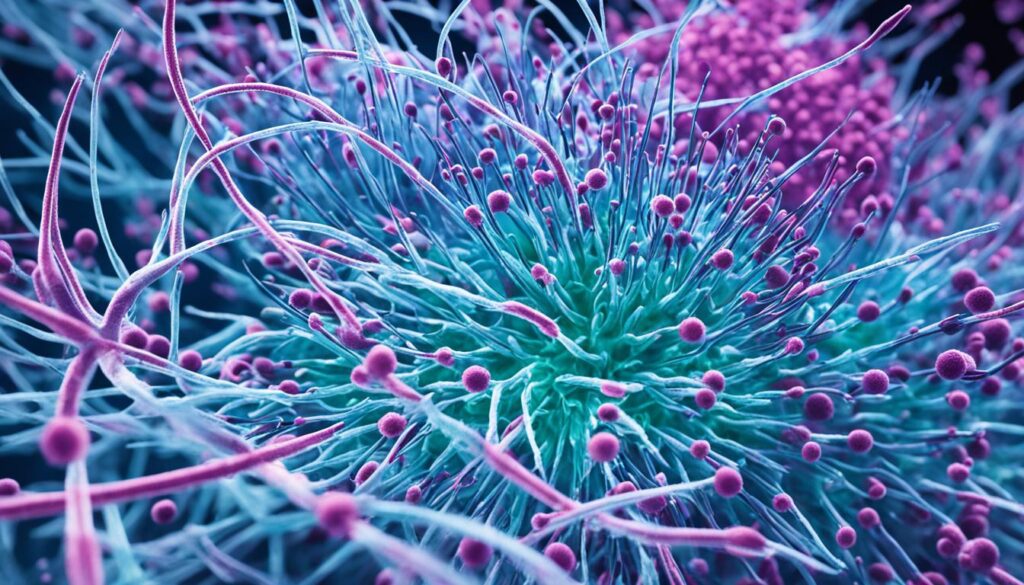
Strategies for Antibody Humanization and Production
In the context of therapeutic antibody development, antibody humanization refers to the process of modifying non-human antibodies to make them more compatible with the human immune system. This approach involves grafting the complementarity-determining regions (CDRs) from non-human antibodies into a human antibody framework, preserving their antigen-binding specificity while reducing potential immunogenicity.
When it comes to large-scale production of therapeutic antibodies, efficient manufacturing processes are crucial. Some common strategies utilized in antibody production include:
- Mammalian cell expression systems: Mammalian cell lines, such as Chinese hamster ovary (CHO) cells, are commonly used to produce therapeutic antibodies due to their ability to properly fold and glycosylate complex proteins.
- Transgenic animals: Transgenic animals, such as goats or cows, can be engineered to produce human antibodies. These animals can serve as a renewable source for therapeutic antibody production.
- Cell-free expression systems: Cell-free systems, such as E. coli-based systems, offer advantages such as high protein expression levels, rapid production times, and cost-effectiveness.
Overall, antibody optimization encompasses several techniques and strategies aimed at maximizing the therapeutic potential of antibodies. By enhancing their binding properties, ensuring compatibility with the human immune system, and establishing efficient production methods, optimized antibodies have the potential to significantly improve patient outcomes in various diseases and conditions.
The Future Landscape of Antibody Drug Discovery
The field of antibody drug discovery is constantly evolving, paving the way for exciting advancements in therapeutic antibody research. In this section, we will explore the emerging trends that are shaping the future of antibody drug discovery. From novel technologies to innovative modalities, these developments have the potential to revolutionize the way we develop and utilize therapeutic antibodies.
One of the emerging trends in therapeutic antibody research is the utilization of novel technologies. Scientists are exploring cutting-edge techniques that allow for more precise antibody design and engineering. These technologies enable the creation of antibodies with enhanced specificity, potency, and therapeutic efficacy.
Another important aspect of the future of antibody drug discovery is the exploration of innovative modalities. Researchers are investigating new approaches to antibody therapeutics, such as bispecific antibodies, antibody-drug conjugates, and engineered variants. These modalities have the potential to expand the scope of antibody-based therapies and improve treatment outcomes for various diseases.
Furthermore, understanding the antibody therapeutics research and development pipeline is crucial for anticipating future advancements. Researchers are actively identifying new targets and exploring different therapeutic areas where antibodies can play a significant role. This pipeline guides the direction of antibody drug discovery, ensuring that research efforts are focused on areas of high unmet medical need.
Global conferences play a vital role in advancing the field of antibody engineering and therapeutics. These conferences bring together scientists, researchers, and industry experts from around the world to share their findings, discuss challenges, and foster collaborations. By facilitating knowledge exchange and networking, these conferences contribute to the rapid progress of antibody drug discovery.
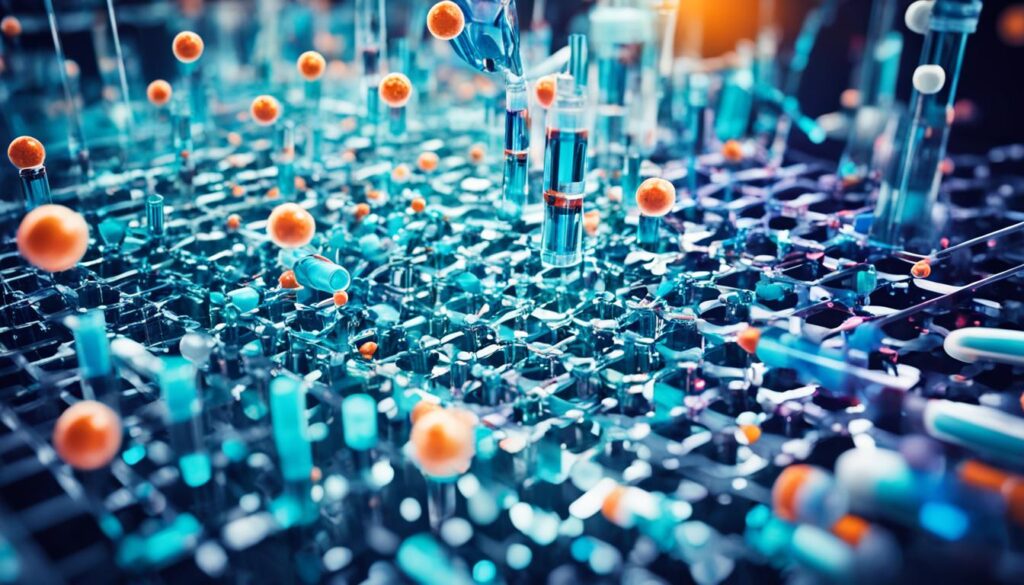
| Emerging Trends in Therapeutic Antibody Research | Antibody Therapeutics Research and Development Pipeline | Global Conferences and Their Role in Advancing the Field |
|---|---|---|
|
|
|
The future of antibody drug discovery holds immense potential for the development of innovative therapeutic solutions. As researchers continue to explore emerging trends, advance the research and development pipeline, and collaborate through global conferences, we can look forward to groundbreaking discoveries and transformative therapies that will shape the future of healthcare.
Conclusion
In conclusion, antibody engineering and therapeutics have revolutionized the field of medicine, offering new and improved treatment options. Over the years, significant achievements have been made in the field of antibody engineering, leading to breakthroughs and advancements that have had a profound impact on healthcare.
Through extensive research and innovation, scientists have successfully optimized antibodies, enhancing their efficacy as therapeutic agents. This optimization has led to the development of highly specific and targeted antibodies, which have shown great potential in treating a wide range of diseases and conditions.
Looking ahead to the future of antibody engineering and therapeutics, we anticipate even more exciting developments. The continuous innovation and exploration in this field hold great promise for improving healthcare solutions and transforming the treatment landscape for numerous diseases. In 2024 and beyond, we can expect to witness innovative technologies, novel modalities, and the discovery of new therapeutic targets that will further expand the application of antibody engineering.

